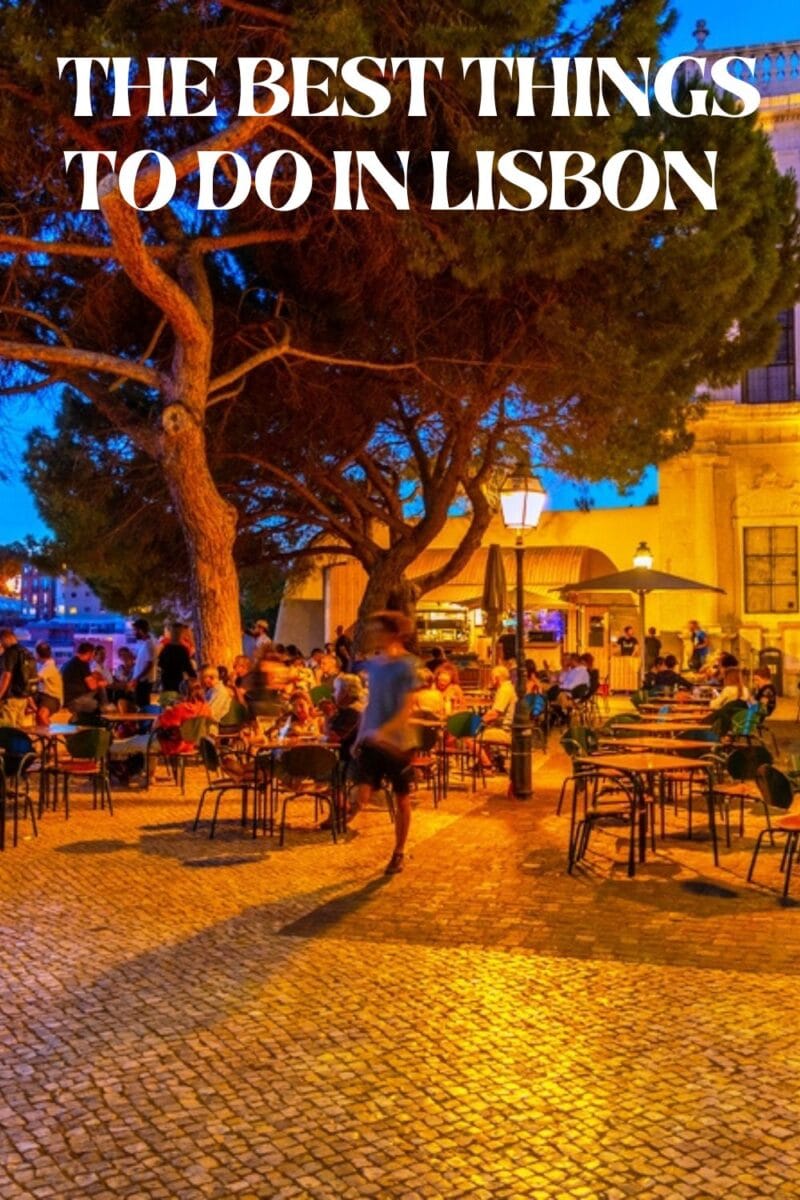Things to do in Lisbon the Top 10 sites in Lisbon
Are you planning a trip to Portugal and wondering about the top 10 must-see sites in Lisbon? I’ve got you covered!
Having travelled to Lisbon multiple times myself while I was volunteering in a hostel in Portugal, I’m here to spill the beans on what’s worth seeing in this lively capital. Lisbon is so much more than just another popular tourist destination, its unique blend of historical charm and coastal vibes will leave you wanting to return again and again.
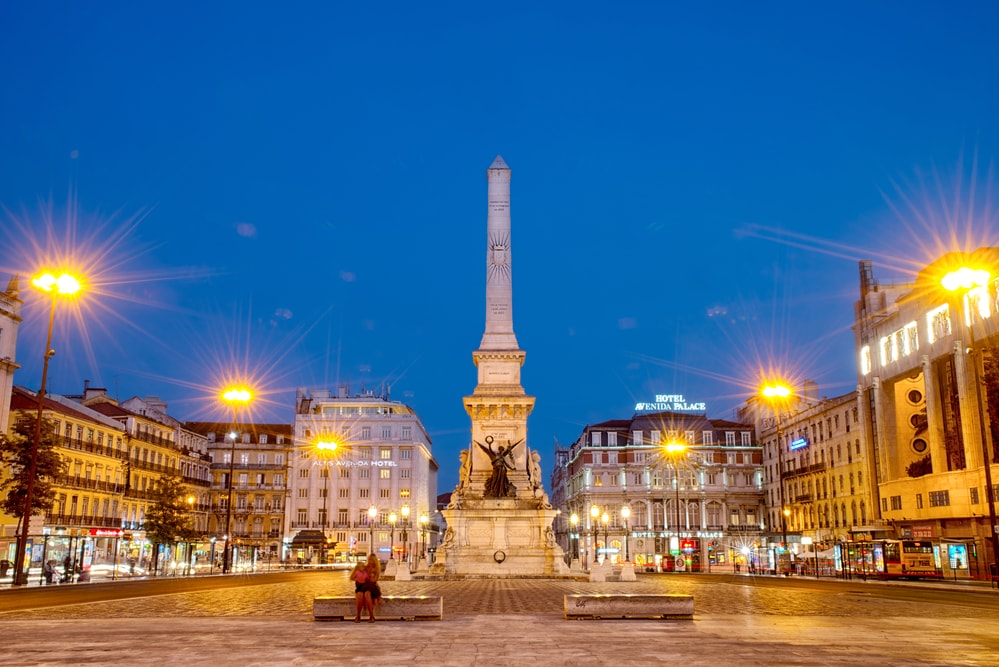
Imagine wandering through streets lined with ancient tiles, stumbling upon a cozy cafe with the best pastel de nata you’ve ever tasted, and then finding yourself at a sleek rooftop bar, sipping on some local beer as the sun dips below the horizon. That’s Lisbon for you!
So stick with me as I uncover the top landmarks and hidden nooks that will help make your Lisbon adventure unforgettable.
- Things to do in Lisbon the Top 10 sites in Lisbon
- Top 10 must-see Lisbon attractions
- Things to do in Lisbon: Where to eat in Lisbon
- Tours in Lisbon
- Conclusion: Top 10 sites in Lisbon
- Questions about visiting Lisbon
- Q: What are the top 10 attractions in Lisbon, Portugal?
- Q: What is the best time to visit Lisbon?
- Q: What are the must-see sights in Lisbon city center?
- Q: What are the top day trips from Lisbon?
- Q: What are the best things to do and see in Lisbon, Portugal?
- Q: What are the top tourist attractions in Lisbon?
- Q: How can I make the most of my stay in Lisbon?
Xyuandbeyond is reader-supported. When you buy through links on our site, we may earn an affiliate commission. You can read my privacy policy here.
Top 10 must-see Lisbon attractions
1. Praca do Comercio
At the top of the list of things to do in Lisbon is Praça do Comércio, one of the largest squares in Europe so it’ll be hard to miss! Located in the downtown district of Santa Maria Maior, Praça do Comércio is going to be your gateway to many of Lisbon’s top sites.
Try to beat the crowds if you can because the iconic arch, Arco da Rua Augusta, is one of the city’s most photographed spots! The architecture is gorgeous and no doubt you’ll recognise the arch from a few Instagram snaps.
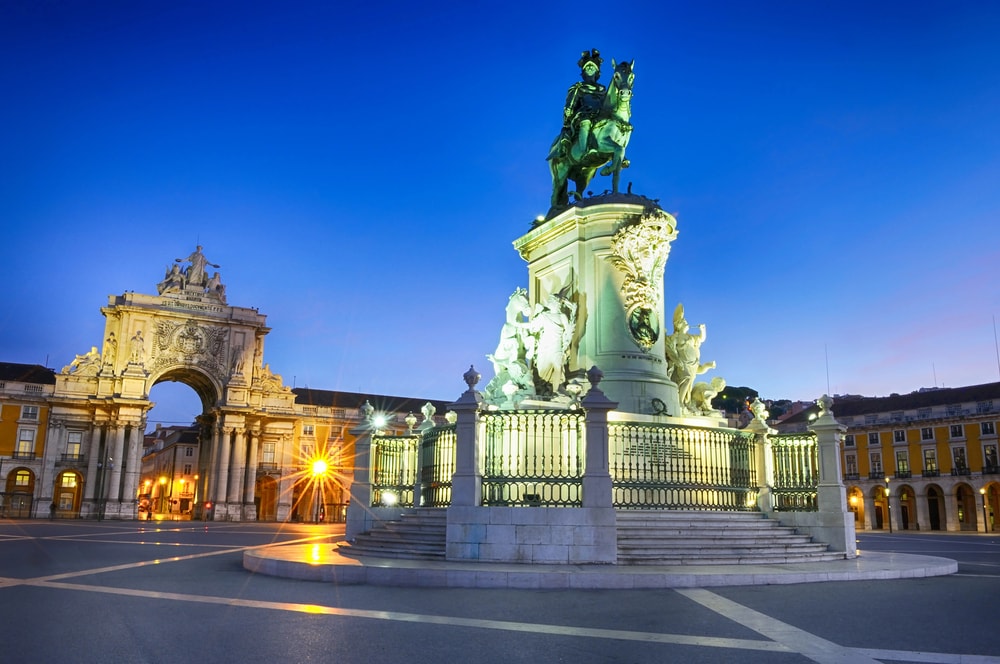
Wandering through Praça do Comércio, you’ll immerse yourself in a lively atmosphere. Take the time to enjoy a coffee from one of the nearby local cafes and soak up the historical ambience instead of just quickly passing through.
2. Alfama district
Next spend some time getting lost in the Alfama district, the city’s oldest quarter and the only area to survive the great earthquake in 1755. This was easily my favourite part of the city – you never know what you might stumble upon!
If you only have the time to spend a day in Lisbon, then this is where you should start.
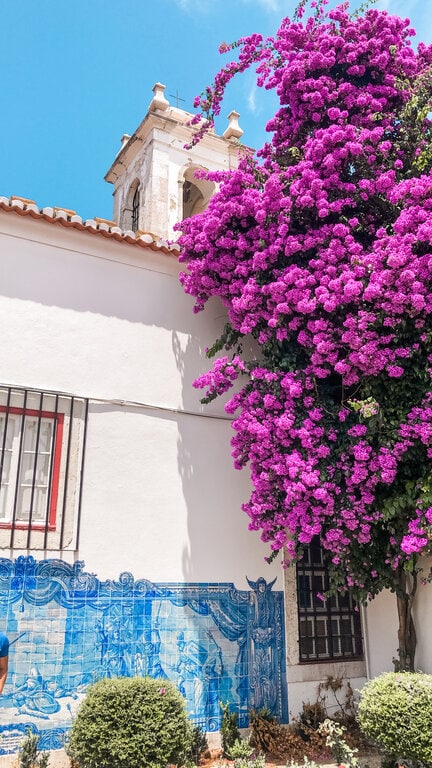
To get here, it’s fairly easy to walk from downtown Lisbon. The journey will take around 15 minutes however the city is known for its hills so if it’s a particularly hot summer’s day you may be better off taking the famous Tram 28. This will take you about 10 minutes from Praça do Comércio but keep in mind this tram ride is also a popular tourist attraction and can get pretty busy.
Now once you’ve made it to Alfama, don’t be afraid to get lost in the narrow, winding streets. One of the best ways to experience this historic neighbourhood is to wander around and see what you fund. The lively atmosphere and culturally rich streets are sure to keep you entertained.
I discovered beautiful buildings covered in blue and white tiles (which isn’t an uncommon site in Portugal) and if you happen to be visiting in the summer there will be gorgeous trees in bloom. view of lisbon.
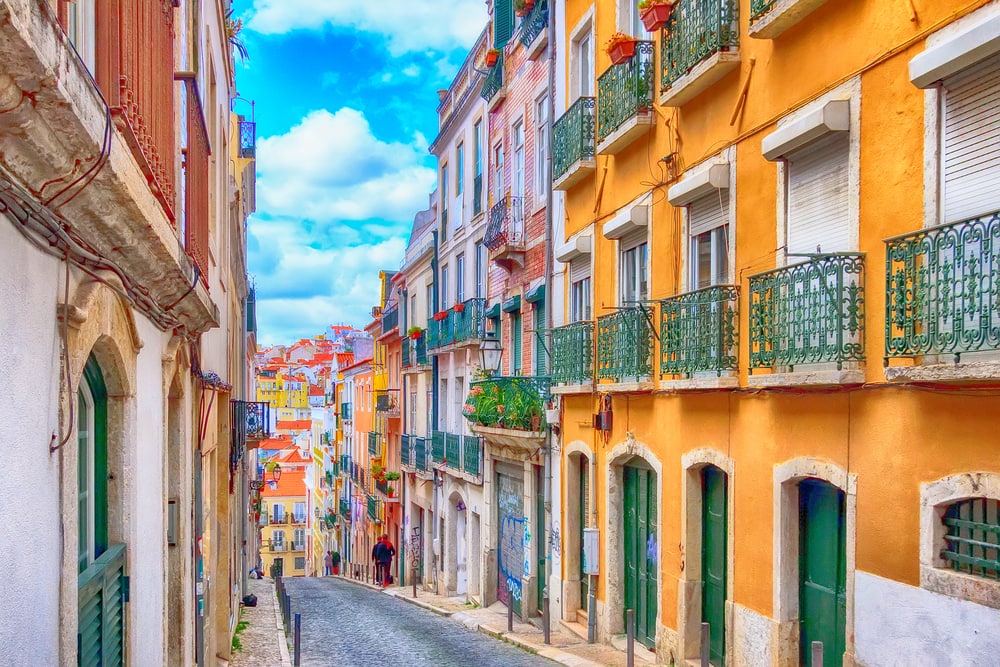
Perched atop the Alfama hill, the tallest among Lisbon’s seven hills, São Jorge stands as the city’s medieval fortress. It ranks as the most frequented tourist attraction, boasting unparalleled vistas of Lisbon and the River Tejo from its commanding position.
3. Miradouro de Santa Luzia and Miradouro das Portas do Sol viewpoints
While in the Alfama district, make sure you don’t miss the Miradouro de Santa Luzia and the Miradouro das Portas do Sol viewpoints, these are a must-see.
Miradouro de Santa Luzia offers breathtaking views over the city’s historic Alfama district and the Tagus River. You’ll also enjoy overlooking the distinctive red-tiled roofs of Alfama, it’s such an iconic part of Lisbon! Sunset is particularly beautiful here if you feel like hanging around until the evening.
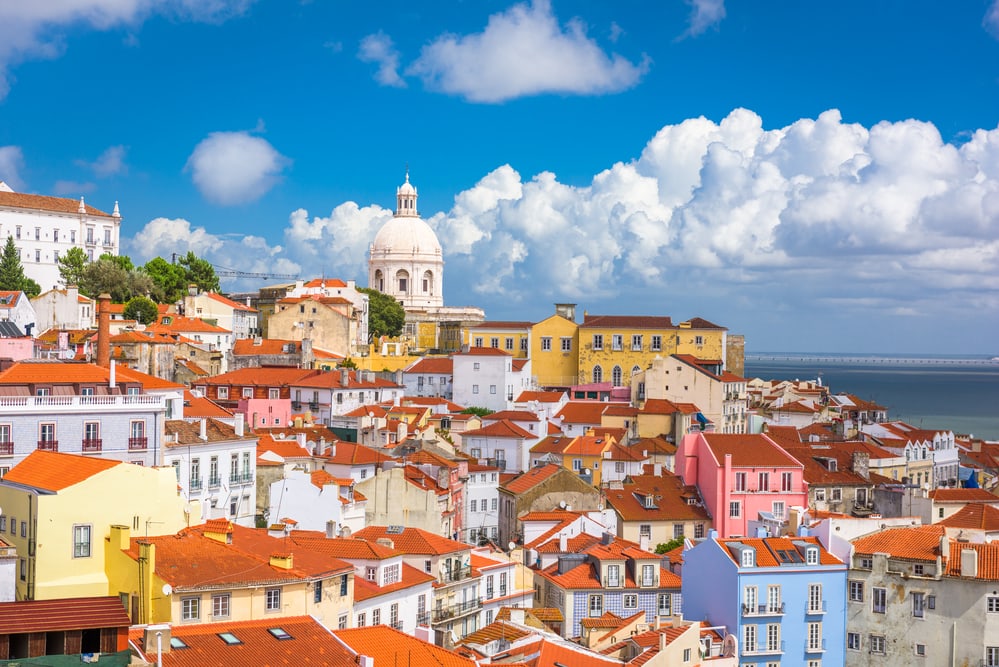
Then Miradouro das Portas do Sol is another of Lisbon’s iconic viewpoints, offering fairly similar views but with a broader perspective. It’s definitely worth stopping by both since the viewpoints are only a short walk away from each other.
The spacious open terrace allows plenty of room for everyone to enjoy the stunning views and again is an awesome spot to watch the sunset. Adding to the charm of the viewpoint is a statue of Saint Vincent, the patron saint of Lisbon, holding a boat with two ravens, which is a symbol associated with the city’s history.
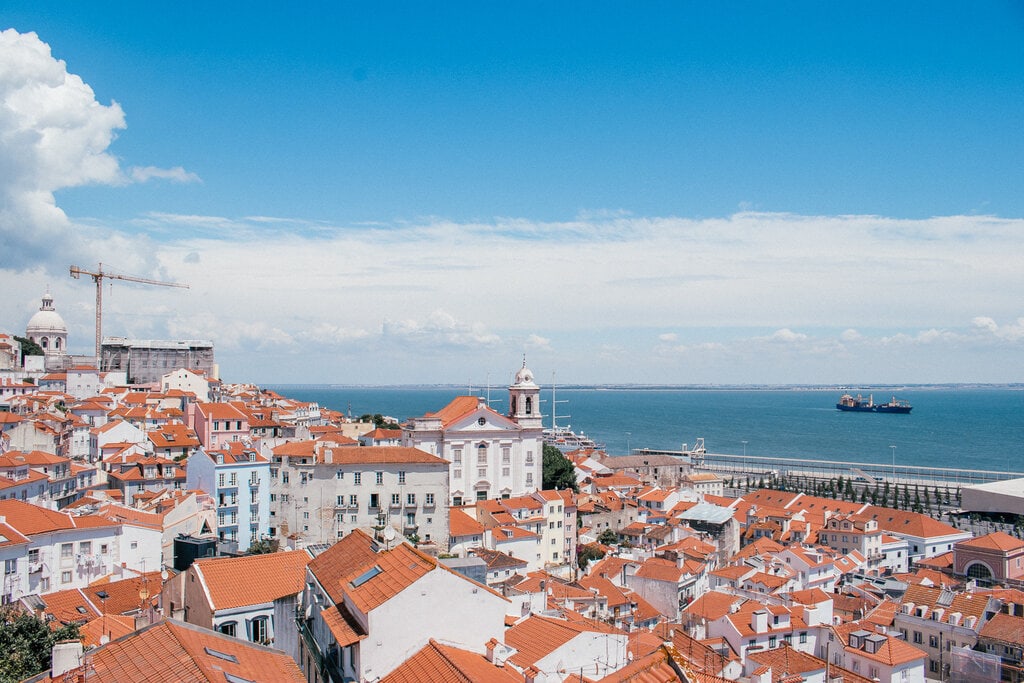
This is one of the things I loved about Lisbon, it’s possible to explore the city on a budget and is a great place to travel solo since there’s so much to see and do for free!
4. São Jorge Castle
Next you’ll want to swing by São Jorge Castle, the Royal Palace located about a 10-minute walk away from the Miradouro viewpoints. Its ancient walls are covered in history and offer some of the most stunning views of the city thanks to being located on one of Lisbon’s highest hills.
The origins of the São Jorge Castle can be traced back to the 11th century when it was a Moorish castle and military fortification. Over the centuries, it has witnessed numerous battles, sieges, and changes in rulership, evolving with each phase of Lisbon’s history.
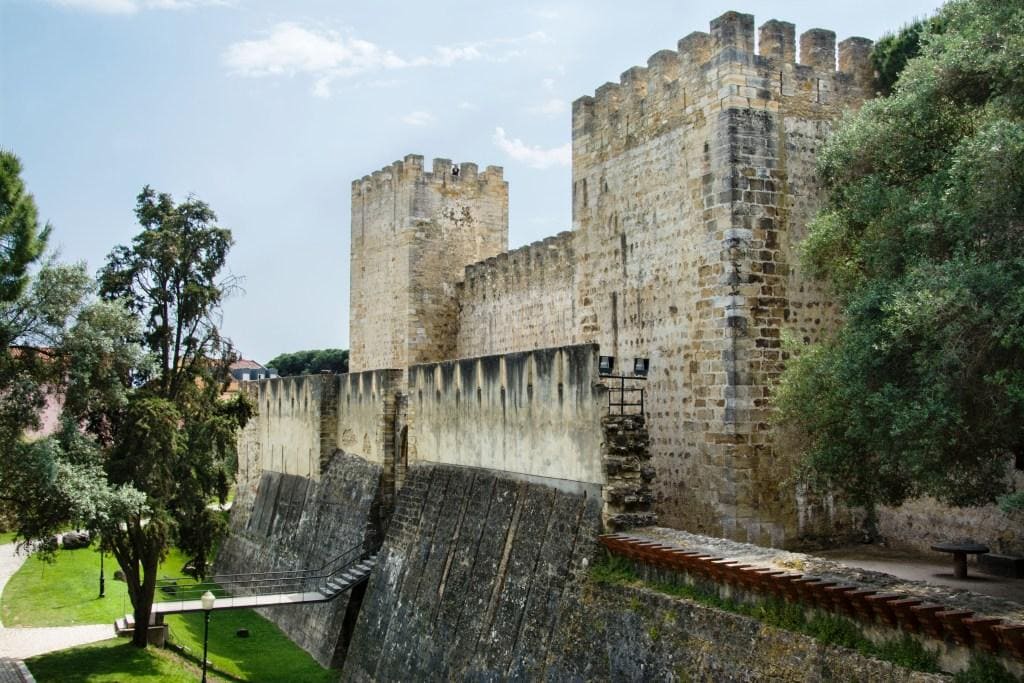
During the devastating Lisbon earthquake of 1755, São Jorge Castle suffered significant damage. While the exact extent of the destruction is not fully documented, historical records suggest that parts of the castle were severely impacted by the earthquake’s violent tremors. However, the castle’s sturdy structure, built on a solid foundation atop the Alfama hill, ensured that it did not collapse entirely. Following the earthquake, extensive reconstruction efforts were undertaken to restore and fortify the castle, preserving its historical significance.
The castle is open to visitors year-round, with extended hours from March to October (9 am to 9 pm) and shorter hours from November to February (9 am to 6 pm). One of the highlights is undoubtedly the panoramic views it offers so make sure you allow yourself enough time to explore the grounds and soak these in.
5. Belém Tower
The Belém Tower is another popular Lisbon landmark. This UNESCO World Heritage Site was constructed in the early 16th century. You’re able to enter the tower by paying a small entrance fee.
If you climb to the top of the tower you’ll be able to enjoy breathtaking views of the Tagus River and the surrounding Belém area. The terrace, accessible via a narrow spiral staircase, is an ideal spot for taking some photos.
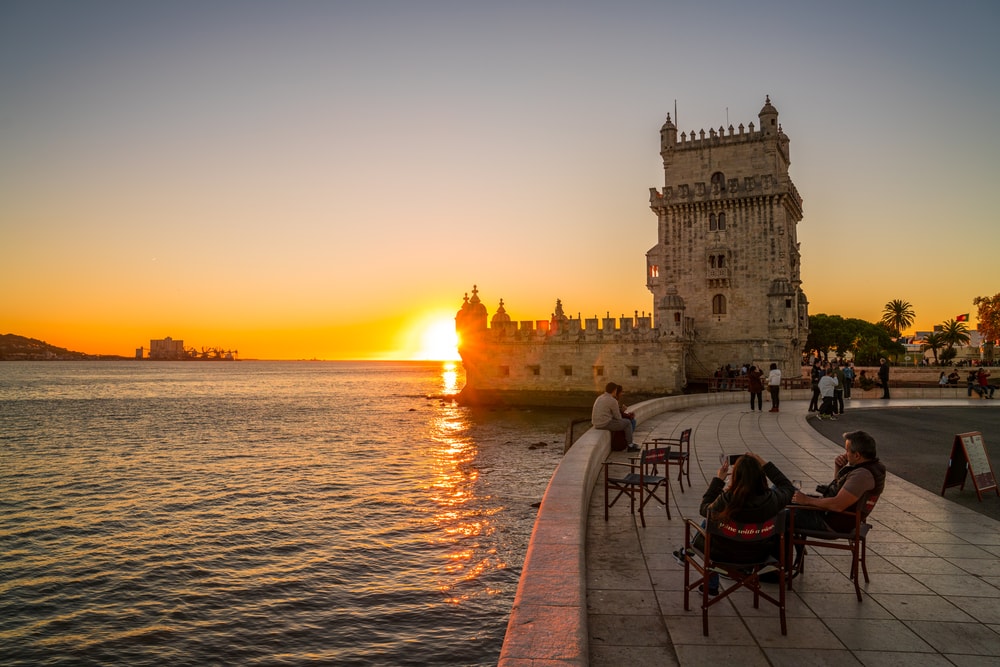
Like with most popular spots in Lisbon, I would recommend visiting in the morning to try to beat the crowds. Alternatively, you could visit the tower in the late afternoon and enjoy the softer light. In the summer months, the tower is open until 6.30 pm.
6. Lisbon Cathedral
Sé de Lisboa, also known as the Lisbon Cathedral is the oldest church in the city. When you visit the cathedral you’ll have the opportunity to explore the various chapels and marvel at all the history.
Located in the Alfama district, the cathedral is pretty easy to get to, either by walking or using public transport.
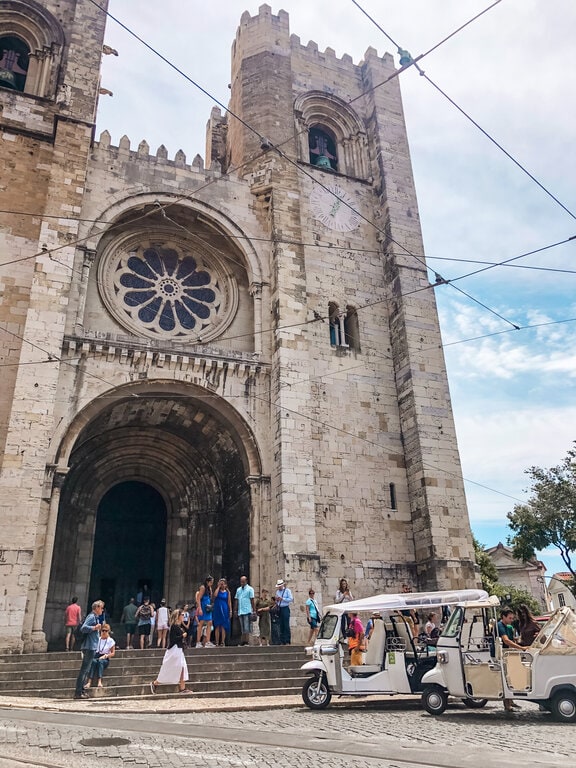
To explore the main cathedral there’s no entrance fee, then if you want to enter the cloisters you can pay a small fee of €2.50. The lighting inside the cathedral can be particularly beautiful in the late afternoon as the sun begins to set so try visit then if you can!
7. Rossio Square
Officially known as Praça Dom Pedro IV, Rossio Square is another must-see site in Lisbon that holds a lot of history. It’s known as one of the city’s most vibrant and historically significant public spaces located in the Baixa area.
The square is renowned for its distinctive wave-patterned cobblestone pavement, designed back in the 19th century, which adds a bit of unique charm and character to the place.

Today, Rossio Square is a bustling hub of activity making it a lively spot to hang out and people watch. The square is always open, with no entrance fee, and it’s surrounded by various shops, restaurants, and cafes, offering a wide range of options for dining and shopping.
Whether you’re interested in history, architecture, or simply looking for a lively place to experience the local culture, Rossio Square is the place to be. Plus some of the best Lisbon hostels are located in this area making it a great base for exploring the city!
If you need a rest from all the walking you can easily find some shady benches to sit on while you take in the atmosphere.
8. Tram 28
While in Lisbon, it probably won’t be long before you hear about the famous Tram 28. It’s more than just public transport; it’s an iconic experience that offers a unique window into Lisbon’s rich history, vibrant culture, and stunning landscapes and one of the best ways to discover Lisbon.
This classic yellow tram weaves through the city’s most picturesque streets, past a variety of Lisbon’s must-see landmarks, making it a favourite not only among tourists but locals as well. This includes Alfama, Baixa, São Jorge Castle, the Sé Cathedral, the bustling squares of Praça Martim Moniz and Praça Luís de Camões and more!

A tip is to try avoiding peak times when it comes to experiencing Tram 28. It can get very crowded and the lines to get on can be long! So for a more comfortable ride, catch the tram early in the morning or later in the evening after rush hour.
9. Jerónimos Monastery
Nestled in Lisbon’s Belém district, right by the Tagus River, the Jerónimos Monastery is not just any UNESCO World Heritage Site. Featuring elaborate sculptural details and towering pinnacles, it’s a pretty impressive sight!
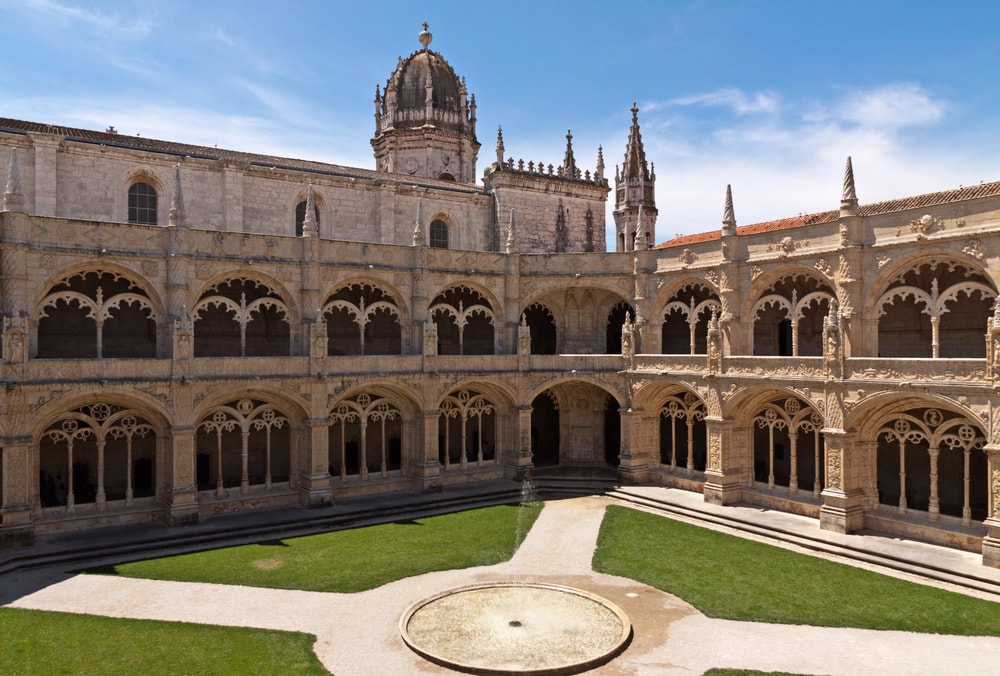
Perhaps the most breathtaking part of the monastery is the two-story cloister which is a masterpiece of Manueline architecture. Each column is individually sculpted with coils of rope, sea creatures, and other motifs that evoke Portugal’s maritime endeavours.
There’s an entrance fee for the monastery and it’s possible to buy this as a combo deal which will give you access to the Belem Tower as well.
10. National Tile Museum
Dedicated to the art and history of the azulejo (ceramic tilework) that Portugal is famous for, the National Tile Museum is one of Lisbon’s most unique and captivating museums.
This museum is located in the Xabregas area of Lisbon, which is about a 30-minute walk from Alfama or a 7-minute drive.
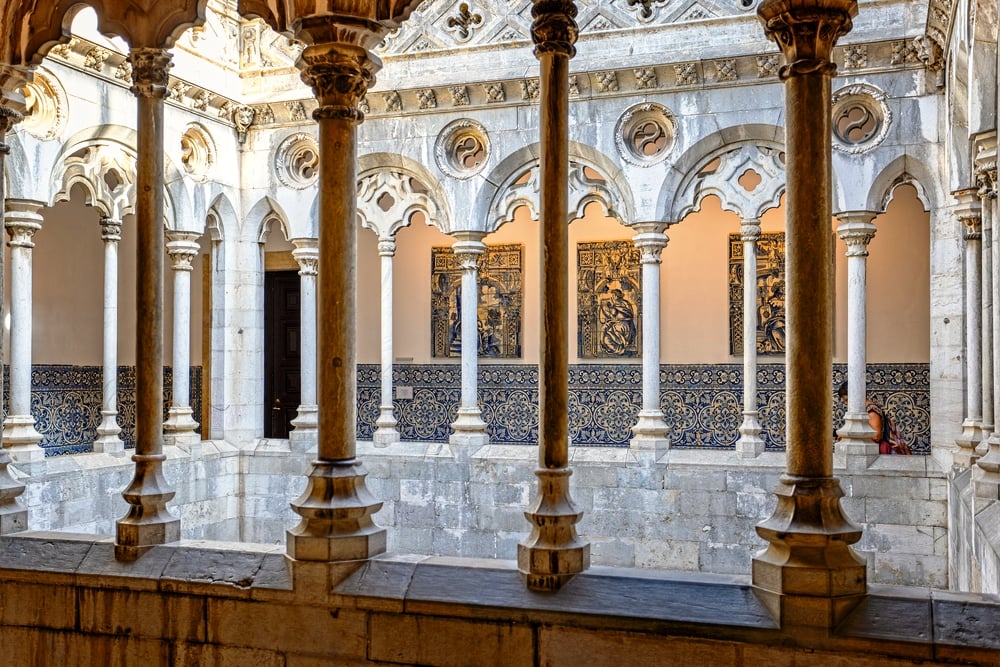
It won’t take you long to realise that tiles are everywhere in Portugal, from the exteriors of buildings to the interiors of churches, and this museum tells the story of this iconic element of Portuguese design. You’ll be able to learn about how tile-making has evolved over the centuries and see different examples of the styles over the years.
Whether you’re an art lover, a history buff, or just curious about what makes Lisbon so visually distinctive, the National Tile Museum is a fascinating place to explore. Tickets only cost about €5 so it’s definitely worth adding to your list!
Things to do in Lisbon: Where to eat in Lisbon
Lisbon’s dining scene is as vibrant and diverse as the city itself, I loved the mix of traditional flavours and trying local dishes such as Francesinha and Pastel de Natas – if you haven’t tried a pastel de nata yet you are missing out!

For a taste of the iconic pastel de nata, head over to Fábrica da Nata, where these creamy, flaky custard tarts are served fresh and warm, straight from the oven – I would seriously fly back to Portugal just to taste one of these again, they were that good. You can also watch the process of them being made which I really enjoyed.
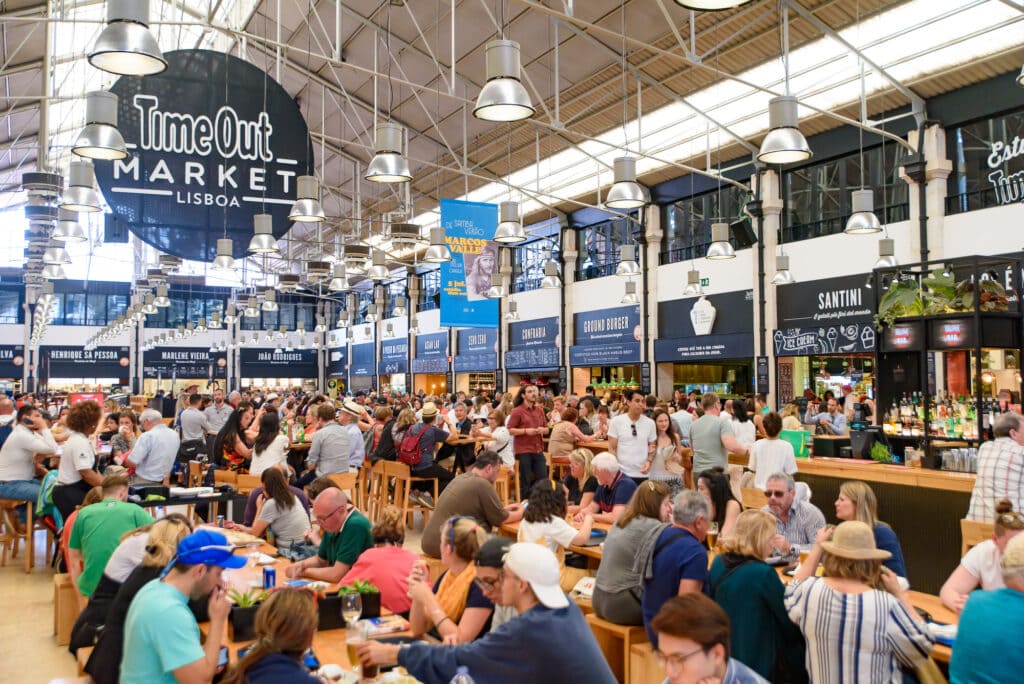
If variety is what you’re after, the Time Out Market is your go-to spot. This bustling food hall brings together a curated selection of Lisbon’s top chefs and restaurants under one roof, offering everything from local delicacies to international cuisines, all in a lively, communal setting.
And for a laid-back evening, pop into Room007 Hostel and make your way to the rooftop. I was so impressed with the panoramic views plus it’s a great sunset spot! Being a hostel, the prices are affordable too so it’s the perfect spot for unwinding with a drink in hand after a busy day of exploring.
Nestled along the banks of the Tagus River, the Cais do Sodré district in Lisbon is a vibrant neighbourhood for lively markets and quaint cobblestone streets to its trendy bars and art galleries. By day, visitors can explore historic landmarks like the Mercado da Ribeira and enjoy scenic strolls along the riverfront promenade. In the evening the district transforms into a nightlife hotspot, with bustling bars and clubs.
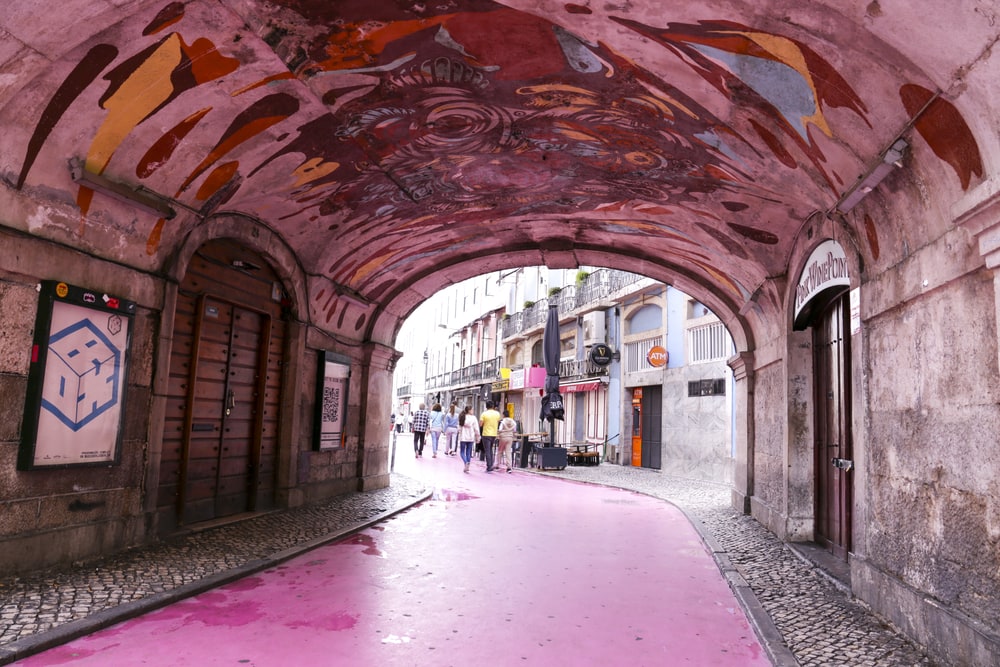
Tours in Lisbon
Best of Lisbon Guided Walking Tour
Stroll Lisbon’s historic cobblestone streets filled with history and culture during this Lisbon guided walking tour. Walk the city’s oldest quarter, Moorish Alfama, turn of the century-style Chiado districts and monumental Baixa . This Lisbon walking tour is exceptional for first-time visitors who want to experience rich culture and see landmarks like the Carmo church and Commerce Square. Plus, stroll to the city’s best cafes and boutiques with your expert guide showing you local ‘Lisboa.’ Small-group guided walking tour of Lisbon (limited to 14 people)
Read more about Best of Lisbon Guided Walking Tour
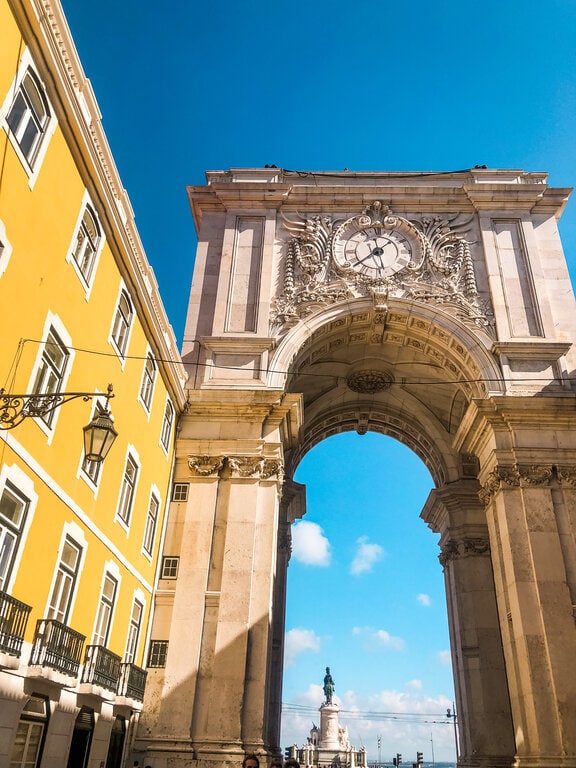
Lisbon Small-Group Portuguese Food and Wine Tour
Savor gourmet foods from Portugal during this small-group guided food and wine tour of Lisbon. Taste cheese, pastries, and Port; enjoy a Lisbon wine tasting from the Alentejo; and learn why this region produces some of the world’s best wine. Plus, your guide provides you with tips on the city’s best eats. This tour is limited to 15 people to ensure a personalized experience. Food tour suitable for vegetarians, please note any special requirements at the time of booking.
Read more about Lisbon Small-Group Portuguese Food and Wine Tour
Lisbon: Old Alfama Quarter Walking Tour
Immerse yourself in the rich history of one of Lisbon’s oldest districts on a walking tour of Alfama. You’ll see famous landmarks such as Lisbon Cathedral (Sé de Lisboa) and the iconic 28 yellow tram, and listen to stories and history that you’re unlikely to find elsewhere. Plus, exploring on foot means you’ll be able to focus in on the finer details.
Read more about Lisbon: Old Alfama Quarter Walking Tour
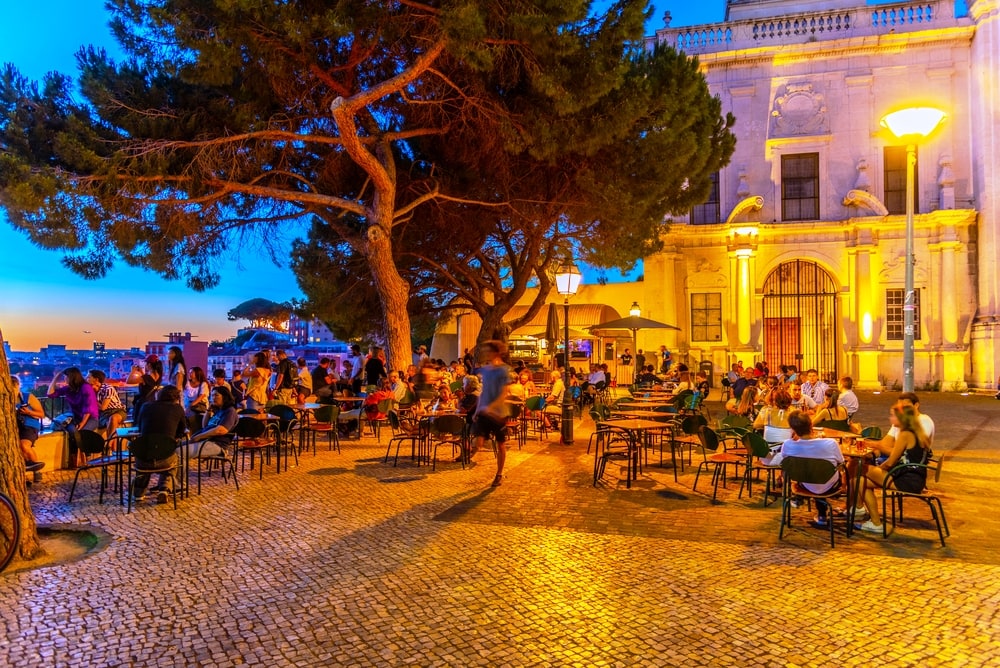
Conclusion: Top 10 sites in Lisbon
Well that’s a wrap on the top 10 sites in Lisbon, I hope this has given you some inspo to help you plan for your own trip.
Lisbon is such a cool city that I would happily visit again and again. I loved my time in Portugal, and to this day it still remains one of my favourite countries in Europe so I always enjoy sharing my solo travel experiences from here.
Whether you’re wandering through its historic streets, savouring the local cuisine, or simply soaking in the views, Lisbon leaves a lasting impression that leaves you wanting to return, time and time again.
Questions about visiting Lisbon
Q: What are the top 10 attractions in Lisbon, Portugal?
A: Some of the top attractions in Lisbon include Tram 28, Santa Justa Lift, Fado music performances, day trips to Sintra, historic monuments like Vasco da Gama, charming neighborhoods like Bairro Alto, the Lisbon Oceanarium, and the modern Parque das Nações.
Q: What is the best time to visit Lisbon?
A: The best time to visit Lisbon is during the spring (March to May) or fall (September to October) when the weather is pleasant and the tourist crowds are smaller compared to the peak summer months.
Q: What are the must-see sights in Lisbon city center?
A: Some must-see sights in Lisbon’s city center include the historic Santa Justa Lift for panoramic views, the charming Bairro Alto district for its lively atmosphere, and Alfama district for its historic streets and Fado music.
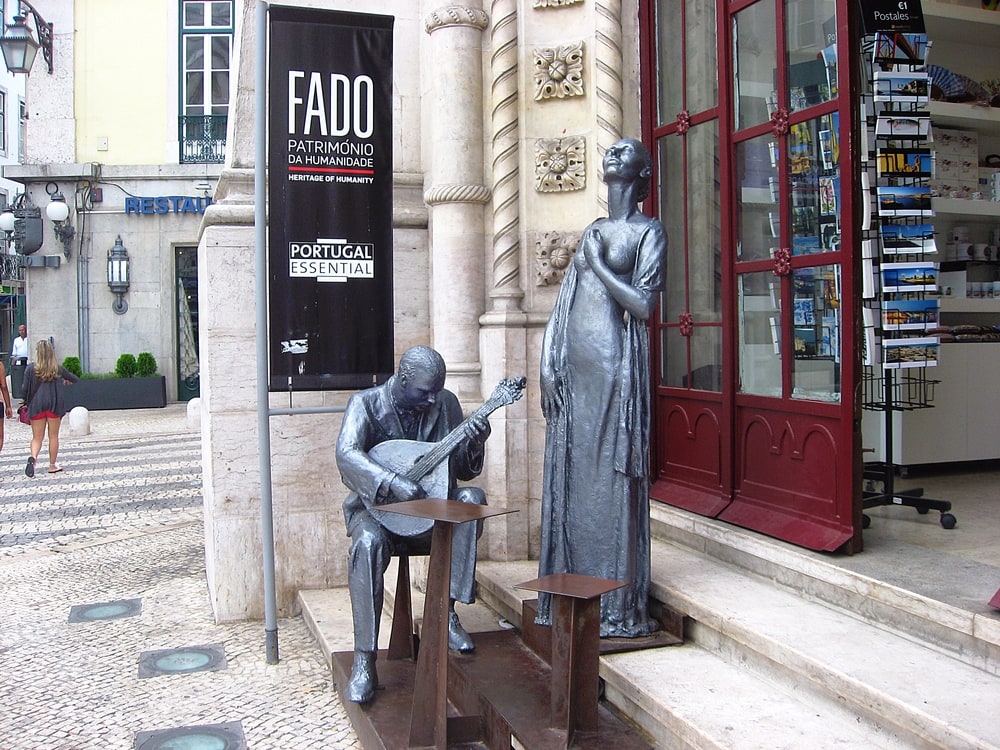
Q: What are the top day trips from Lisbon?
A: Some popular day trips from Lisbon include visiting the picturesque town of Sintra to explore its palaces and gardens, heading to the fishing village of Cascais for its beaches, or taking a trip to the historic Belém area to see the 25 de Abril Bridge and Jerónimos Monastery.
Q: What are the best things to do and see in Lisbon, Portugal?
A: Some of the best things to do and see in Lisbon include visiting the historic monuments, experiencing Fado music performances, exploring the city’s neighborhoods, indulging in Portuguese cuisine, and enjoying the views from viewpoints like Miradouro de Santa Catarina.

Q: What are the top tourist attractions in Lisbon?
A: The top tourist attractions in Lisbon include the Lisbon Oceanarium, Belém Tower, Castle of São Jorge, Jerónimos Monastery, the 25 de Abril Bridge, and the scenic Parque das Nações.

Q: How can I make the most of my stay in Lisbon?
A: To make the most of your stay in Lisbon, be sure to explore different neighborhoods, try authentic Portuguese dishes, take a tram ride, visit historical sites, and enjoy the vibrant nightlife in areas like Bairro Alto.
You might also like to read
Pros and Cons of Living in Portugal: On the Algarve
Best Places in the Algarve: Hidden Gems of the Algarve
Portugal Travel Guide – 27 must-visit places

